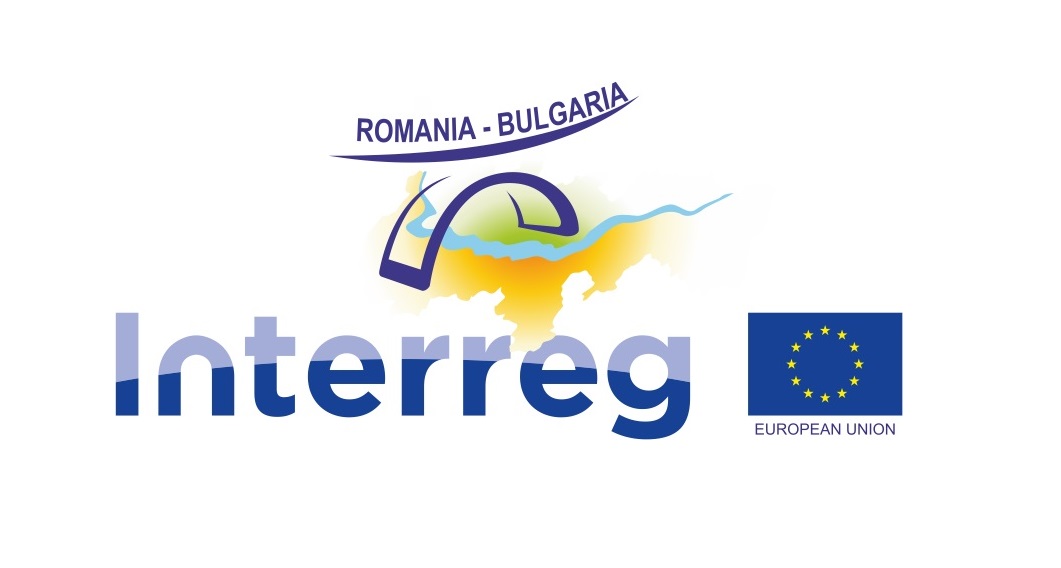The implementation of the project “Bridges of Time: An Integrated Approach to Improving the Sustainable Use of Cross-Border Cultural Heritage in Nikopol and Turnu Magurele”, financed under the INTERREG V – A Romania-Bulgaria program, and in particular the construction of the Archaeological Park Museum “Ports of Time” , town of Nikopol and rehabilitation and conservation of the fortress “Turnu”, town of Turnu Magurele, led to the creation of opportunities for the implementation of an integrated tourist service “Interactive outdoor lessons for students” on the territory of the two tourist sites.
Interactive outdoor lessons for students from the cross-border region (and beyond) will be based on the main principles of the “Outdoor Learning” method as the most suitable for teaching and acquiring new knowledge and skills, by interactively involving students in activities characteristic about life in different historical eras. In this way, students are given the opportunity to acquire new knowledge through experience, touching the authentic atmosphere of the relevant historical eras and last but not least, in a cozy, fun and attractive environment. The goal of interactive learning is to implement a pedagogical approach in which students and teachers collaborate to access knowledge and share information, resulting in a broader and more dynamic educational experience for the subject being studied, in this case – Prehistoric era, Stone Age, Thracian culture and religion, Roman Antiquity and Middle Ages. This shift in the role of educators from ‘custodians of knowledge’ to facilitators of learning presents both challenges and opportunities to revolutionize the learning process. As a result, the boundaries between teacher and student become less distinct in interactive learning environments, allowing students’ attention to be more actively engaged and learning material to be more easily absorbed, as opposed to passive learning that relies on listening to teachers’ lectures or mechanically memorizing information. Choosing the combination of the two approaches – interactive learning and outdoor learning creates conditions for pleasant, useful, memorable and active learning.
Locations for conducting interactive training for students: Archaeological Park Museum “Ports of Time”, Nikopol; Medieval fortress “Turnu”, town of Turnu Magurele.
Who is the service suitable for?
The service “Interactive outdoor lessons for students” is suitable for students from primary and secondary education. The program is suitable for both half- and one-day training, as well as for organizing student camps of the “Green School” type.
What is interactive learning?
Interactive learning is a technique that seeks to get students actively involved in the learning process, often by providing an opportunity for active participation in the learning process, in contrast to more passive techniques such as the traditional lecture.
The use of new forms of educational technologies other than standard educational technologies and tools open up exciting opportunities for conducting learning and facilitating the learning process for students. Interactive learning has many benefits for students, including: greater student engagement; a higher degree of cooperation leading to the building of social and problem-solving skills, two areas valued in school and beyond; Interactive learning techniques enable students to engage with their peers, express their opinions, and be exposed to more diverse perspectives; And, last but not least, interactive learning enhances the ability to think critically.
In short, interactive learning stimulates students to expand their abilities and gives them tools to achieve deeper learning. Engaging students and placing them at the center of the subject being taught empowers and challenges them to analyze and apply the subject more deeply, while strengthening team building and interpersonal skills.
The Outdoor Learning Method
“Can you imagine a schoolroom without a roof, children sitting on wooden benches or spread across the grass, smiling and contented, surrounded by their teacher and listening with interest, absorbing his every word? Yes, this is not a chimera, nor something new. This is Outdoor Learning – a method that is gaining more and more popularity, although it has been applied for a long time. “Outdoor learning” is a broad term that can include: learning through outdoor play, experiential learning, school playground projects, environmental education, recreational and adventure activities, personal and social development programmes, expeditions, team building, training in leadership, management development, resilience education, adventure therapy and much more. Outdoor training does not have a clearly defined boundary, but has a common core, consisting in the application of certain principles that have proven the advantages of applying the method over time. There are six fundamental principles of outdoor learning:
1) All forms of outdoor learning value hands-on experience. Direct outdoor experience is more motivating for children and has much greater impact and reliability than classroom teaching. Through skilled teaching, interpretation, or facilitation, outdoor experiences can easily become a stimulating source of fun, personal growth, and learning.
2) Outdoor learning allows for active learning. In outdoor learning, students learn through what they do, through what they encounter, and through what they discover. Participants learn to get to know the world around them, themselves and other participants better, while gaining new knowledge and skills. Active learning more easily develops the skills of learning, critical thinking, experimentation, feedback, analytical thinking and collaborative learning.
3) Outdoor learning is “substantive” learning because it occurs in the natural environment where participants can see, hear, touch and smell real objects, but it also occurs in a field where actions have real results and consequences. Outdoor learning can help bring the subject being taught to life.
4) Outdoor learning broadens horizons and stimulates new interests. There is no limit to the experiences and possibilities that outdoor environments and activities can evoke. Participants often discover in themselves unsuspected potential, abilities and interests. “Expanding horizons” is a common outcome.
5) Outdoor learning offers an integrated type of learning. Outdoor learning transcends the boundaries of traditional learning because, in addition to a focus on the learning process in essence, attention is paid to personal and social development, to the environment and sustainability; of commitment to the taught subject and critical thinking.
Program of interactive outdoor lessons for students:
The lesson program focuses on history and acquiring new knowledge about everyday life, culture and crafts in different historical eras. The students will be given short and fascinating lectures on the specific topic, with the possibility of active involvement in typical activities of the respective eras, namely:
1) Prehistoric era and stone and clay processing. Students will have the opportunity to look closely at a typical habitat of people from the prehistoric era, to touch and get interesting information about their main tools of work, as well as to participate in the making of stone and clay products themselves.
2) Stone Age hunting and fishing skills. Students will have the opportunity to get a close look at a typical Stone Age habitat, attend and participate in a demonstration of hunting and fishing gear that Stone Age people used to hunt, and learn more about the lifestyle of the local population of that era.
3) Thracian culture and religion. The students will become closely acquainted with characteristic features of the cultural and religious life of the ancient Thracians who inhabited the area of today’s cities of Nikopol and Turnu Magurele.
4) Roman Empire Military Skills and Tactics – Students will gain new knowledge about the characteristic military skills and tactics of the heyday of the Roman Empire. They will be able to dress up in clothing and armor typical of the time and watch in a display of military skills.
5) Medieval kitchen. Students will be drawn into the life and lifestyle of medieval man through demonstrations of clothing, weapons, utensils, cooking equipment and foods typical of the local population of the medieval era.
In addition to the proposed topics developed by a team of specialists, within the framework of the project, teachers can build on the program with lessons on topics related to the life and culture of the local population from the Old Stone Age, the Copper Age, the Bronze Age, the Roman Age and the Middle Ages, which to be displayed with buildings, weapons and tools of labor from the relevant historical eras in the Archeological Park Museum “Ports of Time” in the city of Nikopol or in the medieval fortress “Turnu”, in the city of Turnu Magurele.





Comments 0